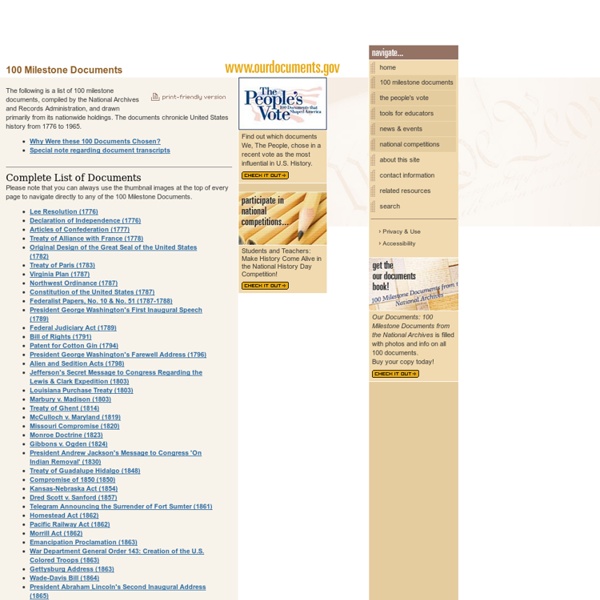Finding Aid on the Cold War
Compiled by Tim Wehrkamp Contents Preface Introduction Records in Presidential Libraries Comprehensive Subject Matter Records Newsreels and Television Broadcasts Record Group 306 (Records of the United States Information Agency) Still Pictures and Motion Pictures Textual Records Electronic Records Record Group 273 (Records of the National Security Council) Textual Records Records of the Military Textual Records Electronic Records Donated Material Still Pictures Motion Pictures Intelligence Records Textual Records Reconnaissance and Satellite Imagery Foreign Policy Records Textual Records Still Pictures Records of Congress Textual Records Appendix I: List of Record Groups (RG) Cited in Reference Information Paper 107 Appendix II: Sources of Additional Information About Records or Finding Aids Described in Reference Information Paper 107 End Notes
Shared AP Government Comparative
Shared Content Subject Courses American GovernmentPsychologyWorld Geography AP European History (Revised 2015) AP Government Comparative
How the Common Core Standards Tackle Problem Solving
When the word creativity is used, the left side of my head begins to hurt. Now why would that happen? Let's see, could be the years of exposure to right and left brain mumbo jumbo? If you want to see some interesting things about the brain, there is a course on iTunes U from the University of Arizona, called Visualizing Human Thought. It shows that even though a man had nearly his entire left hemisphere destroyed by a stroke, including the comprehension (Wernike's area) and speech center (Broca's area), he can still communicate. How did this happen?
Westerville Public Library
What was the Anti-Saloon League? From 1893 to 1933, the Anti-Saloon League was a major force in American politics. Influencing the United States through lobbying and the printed word, it turned a moral crusade against the manufacture, sale and consumption of alcohol into the Prohibition Amendment to the United States Constitution. Under the motto "The Saloon Must Go," the organization worked to unify public anti-alcohol sentiment, enforce existing temperance laws and enact further anti-alcohol legislation.
POL310 American Government
Upload csuDHTV Loading...
What is Historical Thinking?
Jan 10 2011 We here at Teachinghistory.org use the term a lot and you have probably heard it bandied about lately. But what does it mean? Why is it important to teaching history in the 21st century? And most importantly, what does teaching and learning historical thinking look like in the classroom? In this first of a series of blogs about historical thinking, we identify resources that introduce and frame this complex set of processes.
The Civil Rights Act of 1964: A Long Struggle for Freedom
President Lyndon Johnson speaking to the nation from the White House prior to signing the Civil Rights Bill into law, while (left to right) Attorney General Robert F. Kennedy, Senate Minority Leader Everett M. Dirksen, Senator Hubert Humphrey, AFL/CIO President George Meany, Martin Luther King, Jr., and Representative Emanuel Celler listen, July 2, 1964. Prints and Photographs Division, Library of Congress
Government: Declassified
Upload ed.ted.com TED-Ed Loading... Working...



